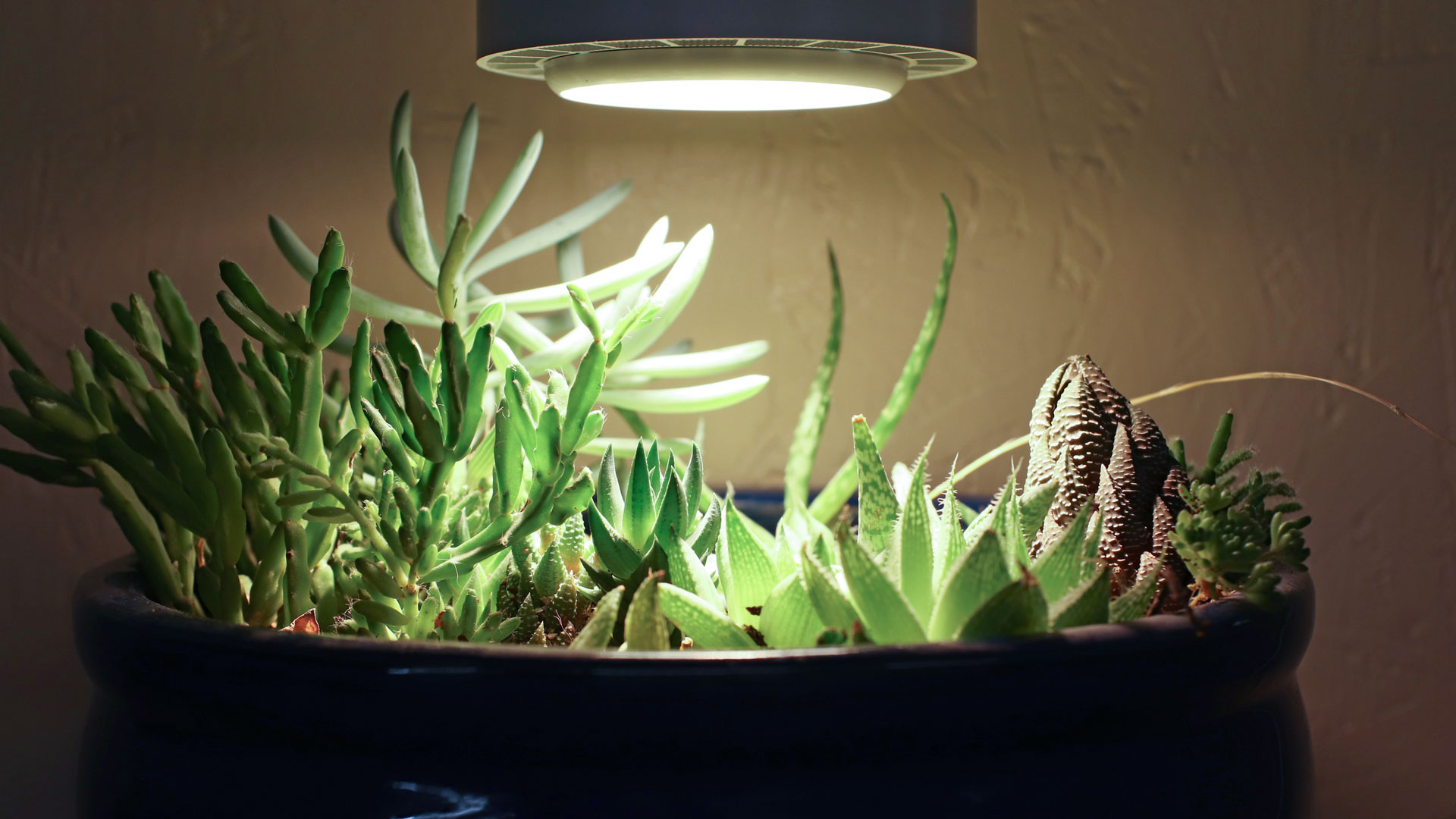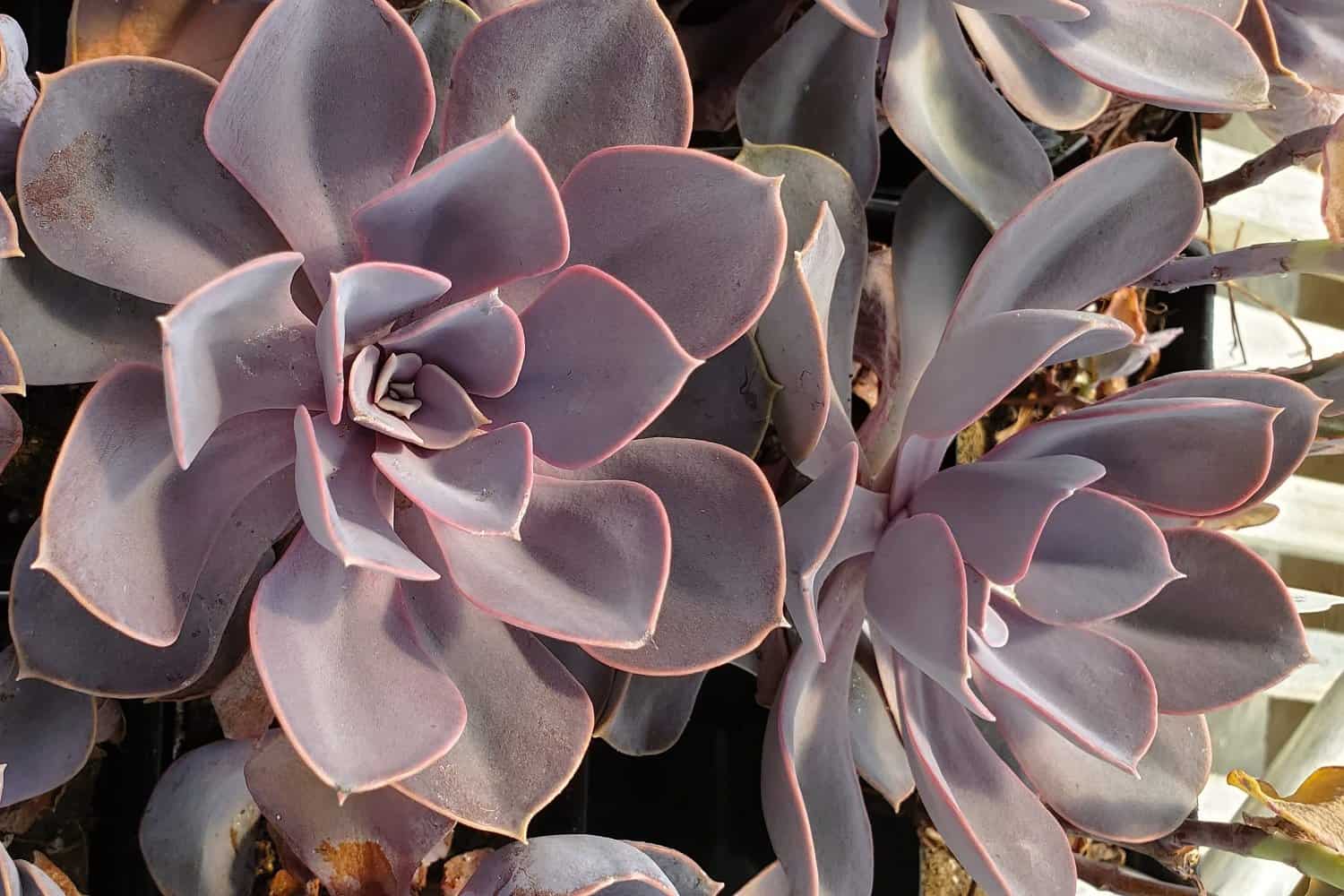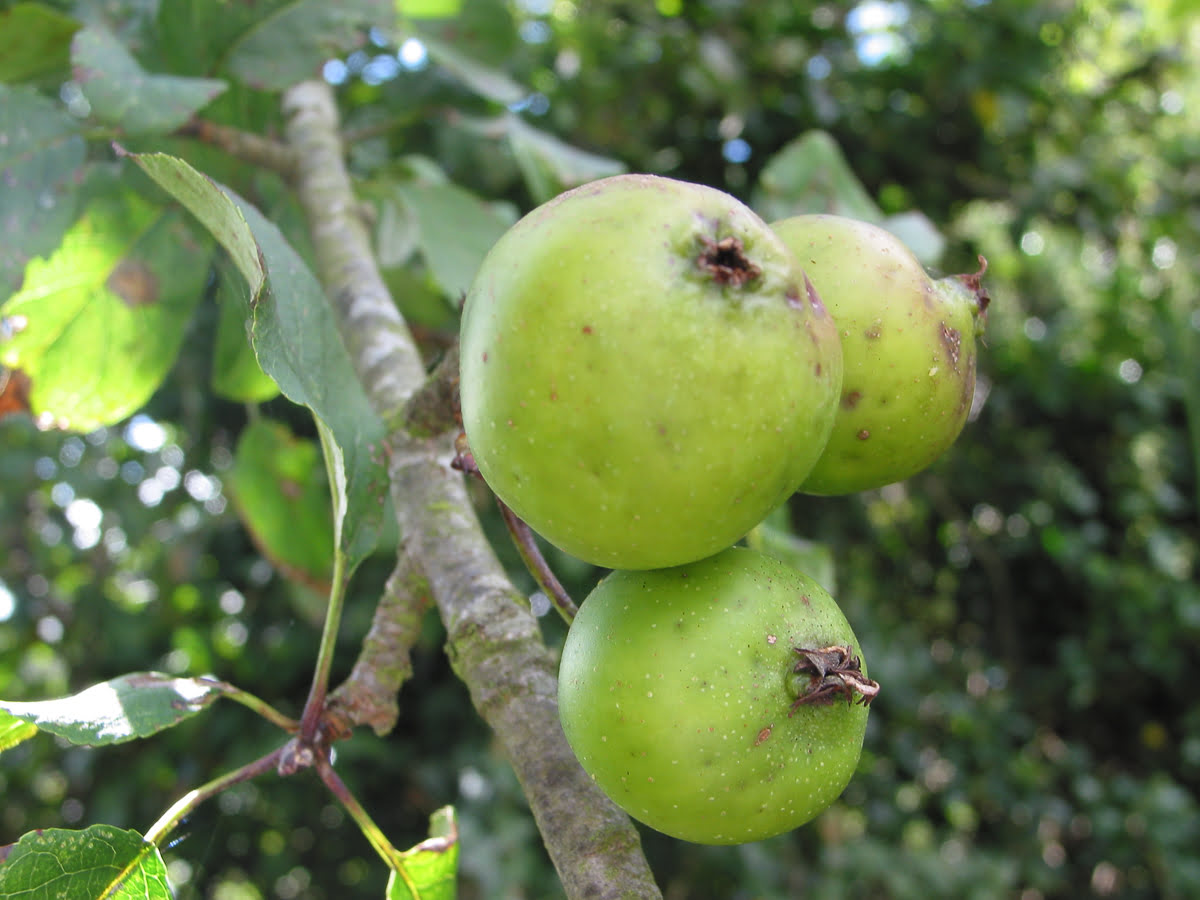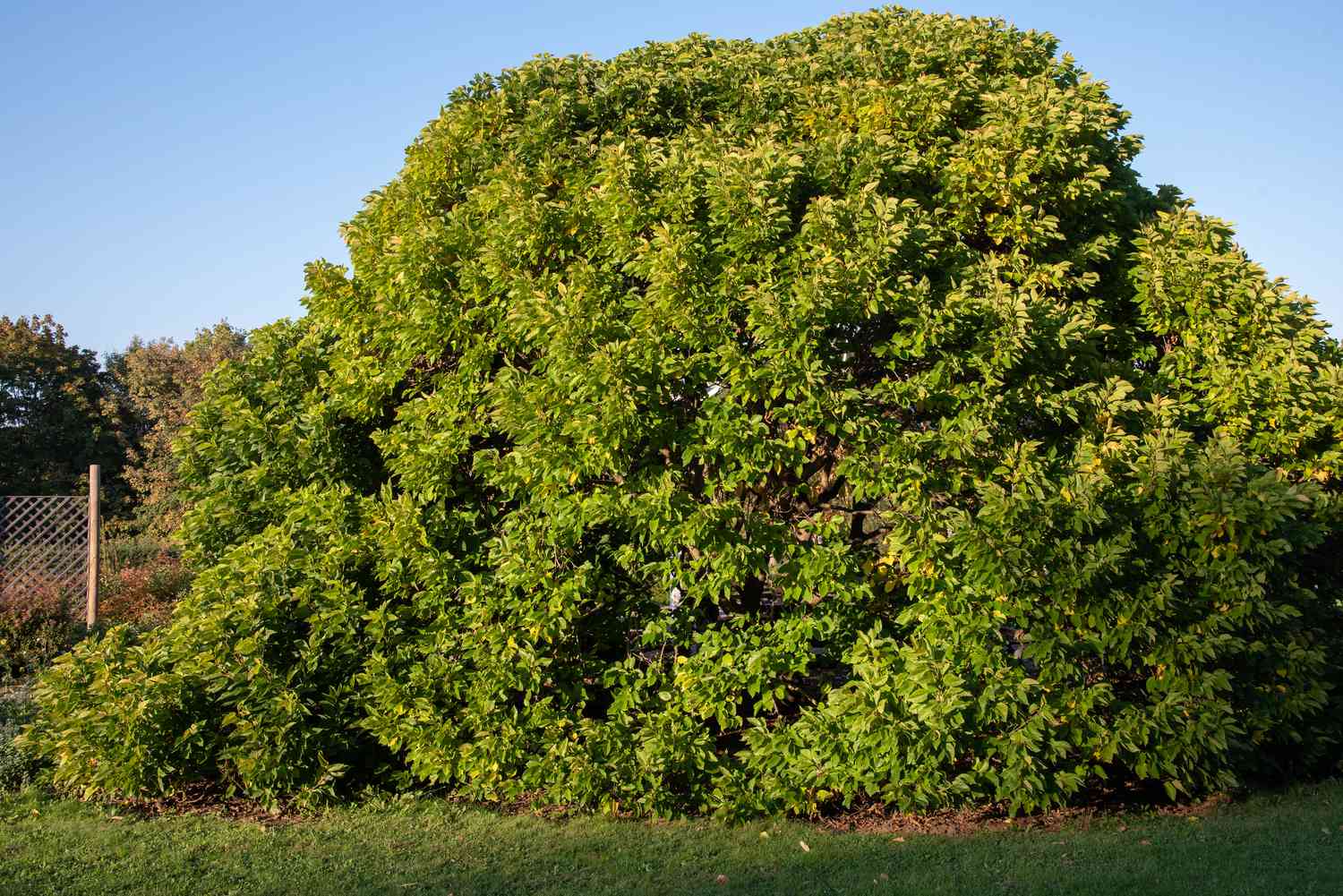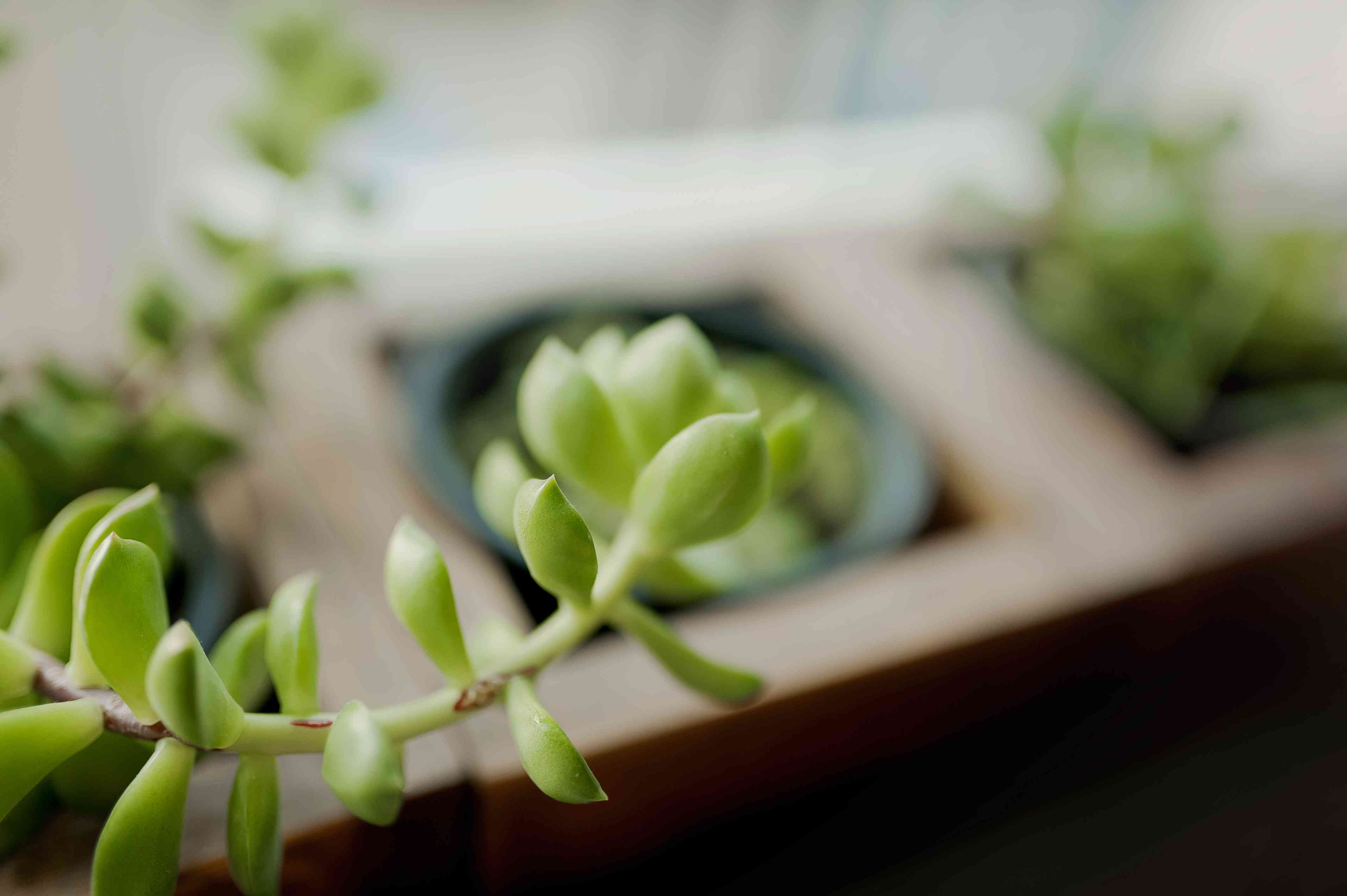Home>Types of Gardening>Ornamental Gardening>How Big Do Succulents Grow
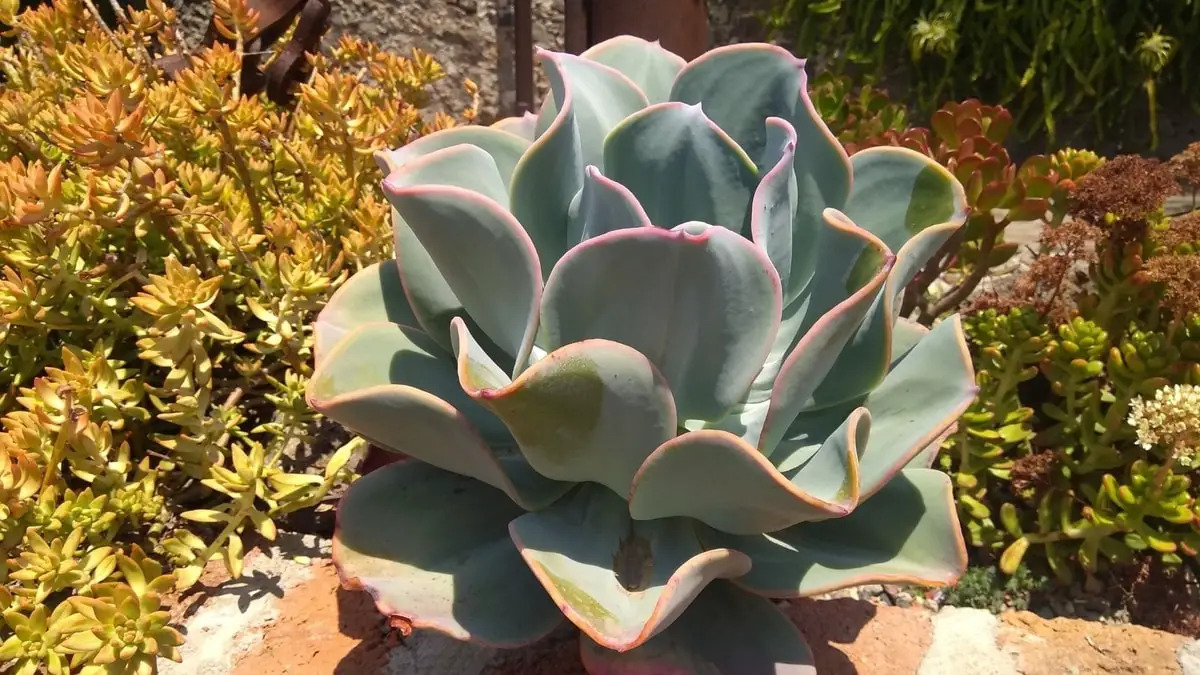

Ornamental Gardening
How Big Do Succulents Grow
Published: December 23, 2023
Discover the potential size of succulents in ornamental gardening. Learn how big succulents can grow and how to manage their growth for a thriving garden.
(Many of the links in this article redirect to a specific reviewed product. Your purchase of these products through affiliate links helps to generate commission for Chicagolandgardening.com, at no extra cost. Learn more)
Table of Contents
Introduction
Succulents are beloved for their unique beauty and low-maintenance nature, making them an increasingly popular choice for both indoor and outdoor gardens. These fascinating plants have captured the hearts of gardening enthusiasts and interior decorators alike, adding a touch of natural elegance to any space. However, many people wonder just how large these plants can grow and what factors contribute to their growth. In this article, we will explore the intriguing world of succulent growth, from the various sizes these plants can reach to the factors that influence their development. Additionally, we will provide valuable tips for controlling the growth of succulents, allowing enthusiasts to cultivate these stunning plants to their desired size and shape.
Succulents, with their diverse shapes, colors, and textures, offer endless possibilities for creative expression in gardening and landscaping. Understanding the growth potential of these plants is essential for anyone looking to incorporate them into their living spaces or outdoor gardens. Whether you are a seasoned gardener or just beginning to explore the world of ornamental plants, this comprehensive guide will equip you with the knowledge and insights needed to nurture thriving succulents of various sizes. Join us on this exploration of succulent growth, and discover the fascinating factors that shape these captivating plants.
Factors Affecting Succulent Growth
The growth of succulents is influenced by a myriad of factors, each playing a crucial role in determining the size and overall development of these plants. Understanding these factors is essential for cultivating healthy and vibrant succulents. One of the primary factors affecting succulent growth is sunlight. These plants thrive in bright, indirect light and require a minimum of 6 hours of sunlight per day. Insufficient light can lead to etiolation, causing succulents to become leggy and elongated as they reach for light.
Another critical factor is water. Succulents are adapted to arid environments and have evolved to store water in their leaves and stems. Overwatering can lead to root rot and other issues, stunting the growth of succulents. Conversely, underwatering can cause the plants to become dehydrated and hinder their growth. Finding the right balance in watering is essential for promoting healthy growth in succulents.
Soil composition also significantly impacts succulent growth. Well-draining soil is essential for preventing waterlogged conditions that can harm the plants’ roots. A mixture of potting soil, sand, and perlite provides the ideal growing medium for succulents, ensuring proper drainage and aeration for healthy root development.
Furthermore, temperature plays a vital role in succulent growth. These plants thrive in warm environments and are sensitive to frost and extreme cold. Additionally, the availability of nutrients in the soil directly impacts the growth and development of succulents. A balanced fertilizer specifically formulated for succulents can provide the essential nutrients needed for robust growth.
Understanding and managing these factors are key to promoting optimal growth in succulents. By providing the right conditions, enthusiasts can encourage their succulents to flourish, achieving the desired size and form while maintaining their health and vitality.
Common Sizes of Succulents
Succulents exhibit a wide range of sizes, from petite varieties that are perfect for terrariums and small containers to larger specimens that make stunning focal points in gardens and landscapes. Understanding the common sizes of succulents can help gardeners and enthusiasts choose the right plants for their specific needs and design preferences.
Miniature succulents, such as Haworthia and various types of Sedum, typically reach a size of 2 inches in height and spread, making them ideal for tiny pots, fairy gardens, and vertical arrangements. These diminutive plants offer intricate details and charming forms, adding a touch of whimsy to any setting.
Small to medium-sized succulents, including Echeveria, Aloe, and Crassula varieties, generally grow to a height and spread of 3 to 12 inches. These versatile plants are well-suited for mixed arrangements, rock gardens, and indoor displays, where their striking rosettes, architectural forms, and colorful foliage can be prominently featured.
Medium to large succulents, such as Agave, Yucca, and certain types of Opuntia, can attain impressive dimensions, ranging from 1 to 6 feet in height and spread. These majestic plants make bold statements in outdoor landscapes, arid gardens, and xeriscapes, commanding attention with their sculptural shapes and commanding presence.
Some succulents, like the giant Saguaro cactus (Carnegiea gigantea) and the imposing Pachypodium lamerei, can grow to towering heights of 20 feet or more, becoming iconic features in their native habitats and botanical gardens. These larger-than-life succulents captivate with their grandeur and endurance, serving as living testaments to the resilience of arid-adapted plants.
By familiarizing themselves with the common sizes of succulents, enthusiasts can make informed decisions when selecting plants for various projects and spaces, ensuring that the chosen specimens harmonize with their intended design and environment.
Tips for Controlling Succulent Growth
Controlling the growth of succulents is essential for maintaining their desired size, shape, and overall appearance. Whether you are aiming to prevent overcrowding in a container garden or seeking to manage the expansion of succulents in an outdoor landscape, several effective techniques can help you exert control over their growth.
- Pruning: Regularly pruning succulents can help manage their size and shape. Removing overgrown or damaged stems and leaves not only enhances the plant’s appearance but also encourages new growth and offsets the risk of overcrowding.
- Container Size: When cultivating succulents in containers, selecting appropriately sized pots can limit their growth. Confining the roots within a compact container can restrict the plant’s size, making it an ideal solution for maintaining small or slow-growing varieties.
- Root Pruning: Periodically trimming the roots of succulents can curtail their growth and prevent them from becoming root-bound. This practice encourages the development of a healthy root system while effectively managing the plant’s size.
- Controlled Watering: Adjusting the frequency and volume of watering can influence the growth rate of succulents. Limiting water during the growing season can slow down their growth, while providing ample moisture can promote more rapid development.
- Temperature Regulation: Protecting succulents from extreme temperatures can help manage their growth. Shielding them from excessive heat or cold can mitigate stress and prevent accelerated growth caused by environmental factors.
By implementing these strategies, gardeners and enthusiasts can effectively control the growth of succulents, ensuring that these captivating plants remain in harmony with their intended settings and design schemes. Whether indoors or outdoors, the ability to manage succulent growth empowers individuals to cultivate thriving and visually appealing displays that showcase the unique beauty of these remarkable plants.
Conclusion
Exploring the world of succulent growth unveils a captivating journey through the diverse sizes, shapes, and factors that shape these remarkable plants. From miniature varieties that adorn tiny containers to towering specimens that command attention in expansive landscapes, succulents offer an array of options for gardeners and enthusiasts seeking to incorporate them into their living spaces and outdoor environments.
Understanding the factors that influence succulent growth, such as sunlight, water, soil composition, temperature, and nutrients, provides valuable insights for nurturing these plants to their full potential. By carefully managing these elements, individuals can create optimal conditions for succulents to thrive, promoting healthy growth and vibrant displays.
Furthermore, the ability to control succulent growth through techniques such as pruning, container selection, root pruning, controlled watering, and temperature regulation empowers gardeners to shape the size and appearance of these plants to suit their specific preferences and design visions. Whether aiming to maintain compact arrangements or cultivate striking focal points, these strategies offer practical means of managing succulent growth with precision and finesse.
As the popularity of succulents continues to soar, their allure as versatile, low-maintenance plants with captivating aesthetics shows no sign of waning. Armed with a deeper understanding of succulent growth and the tools to influence their development, enthusiasts are poised to embark on enriching journeys of creativity and horticultural expression, crafting stunning displays that celebrate the unique charm of succulents in all their splendid diversity.
